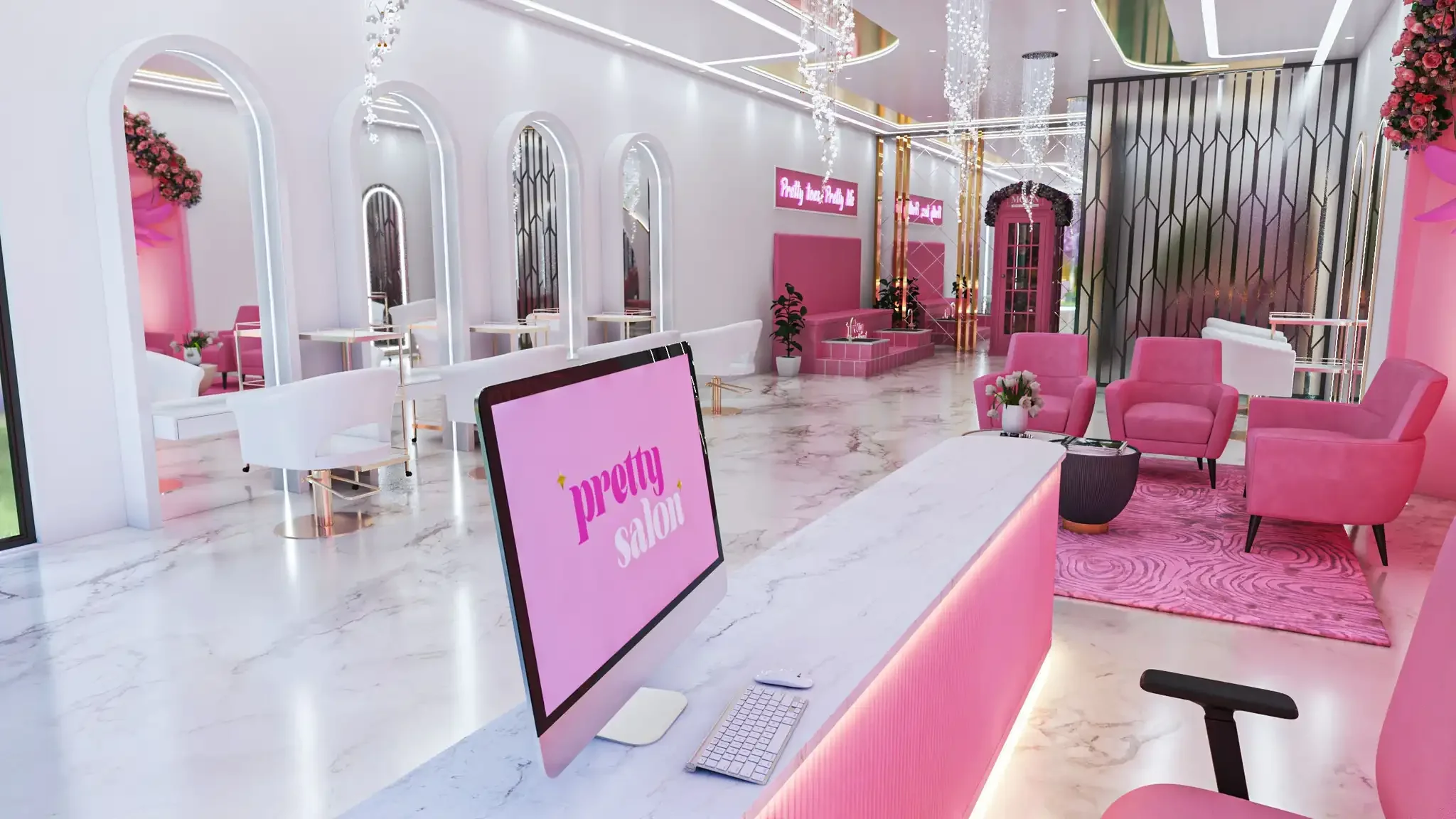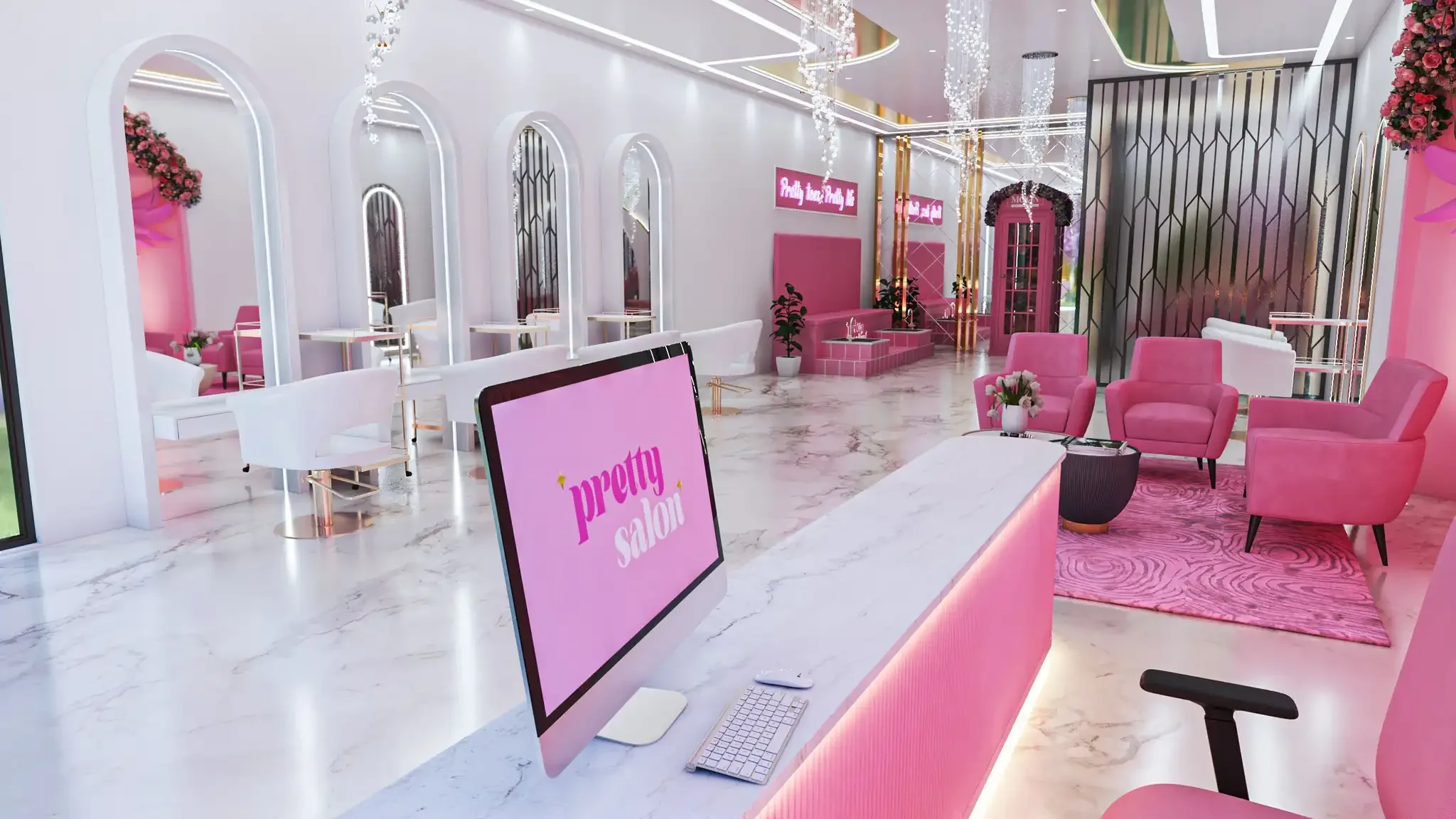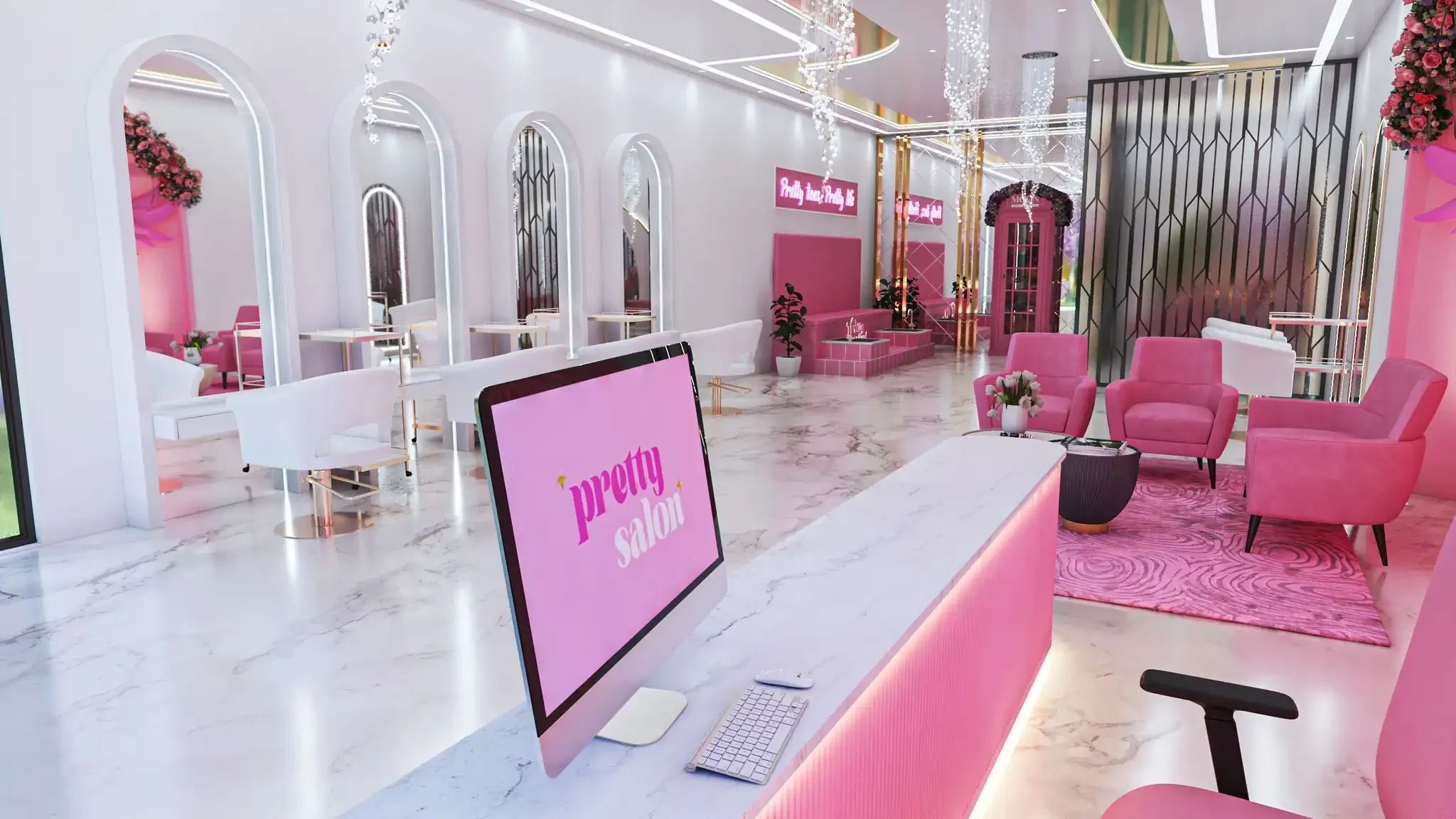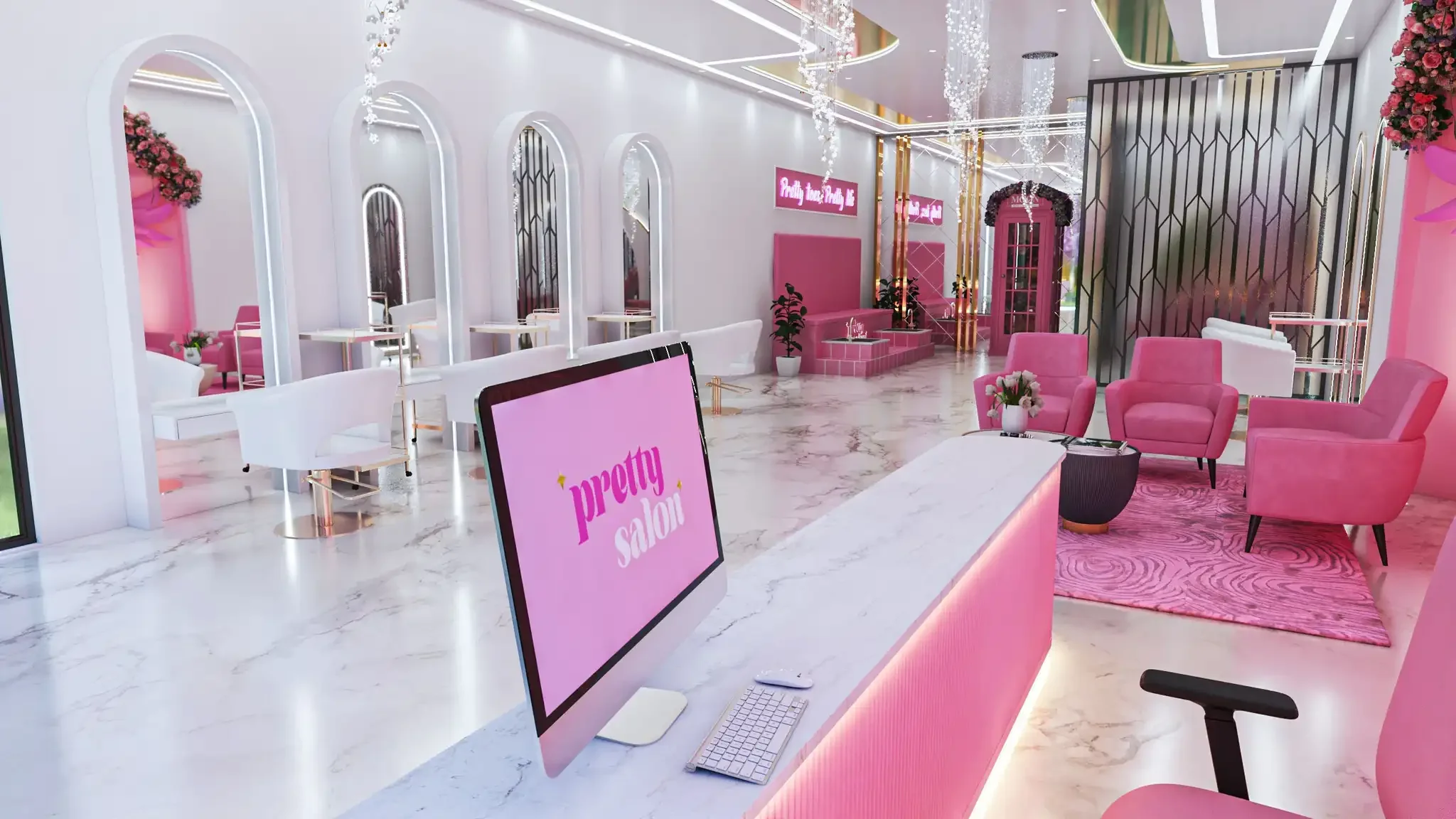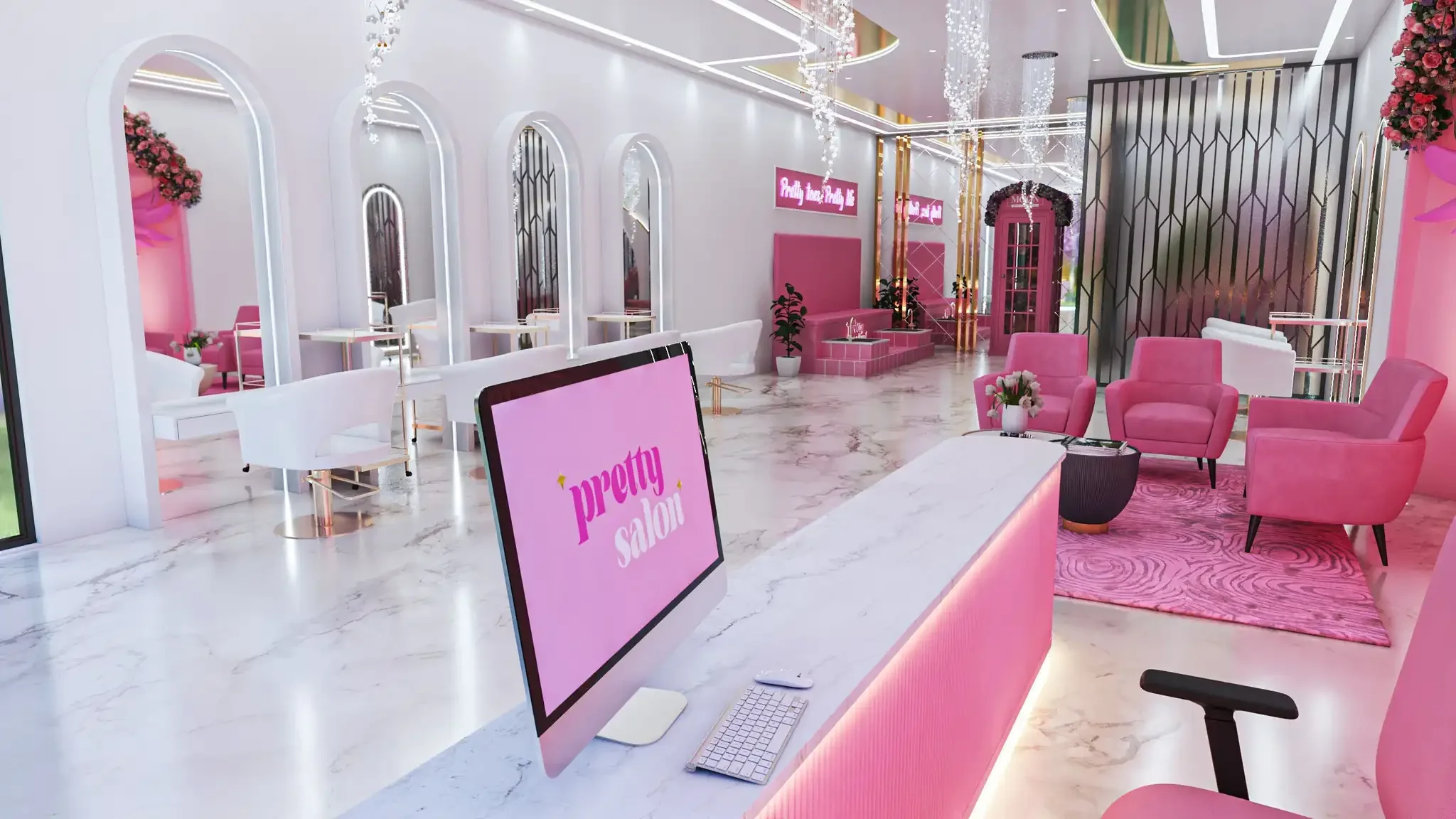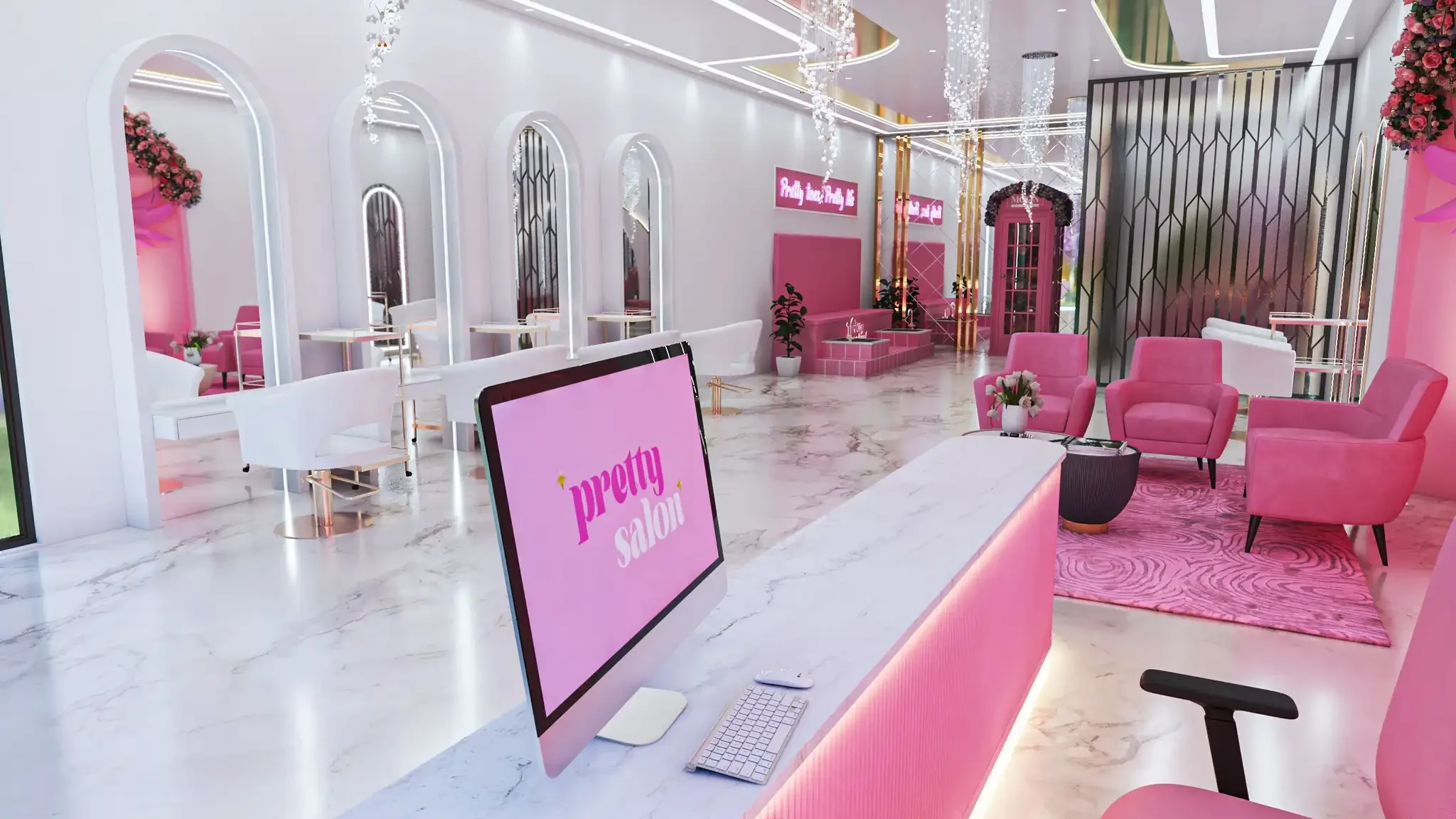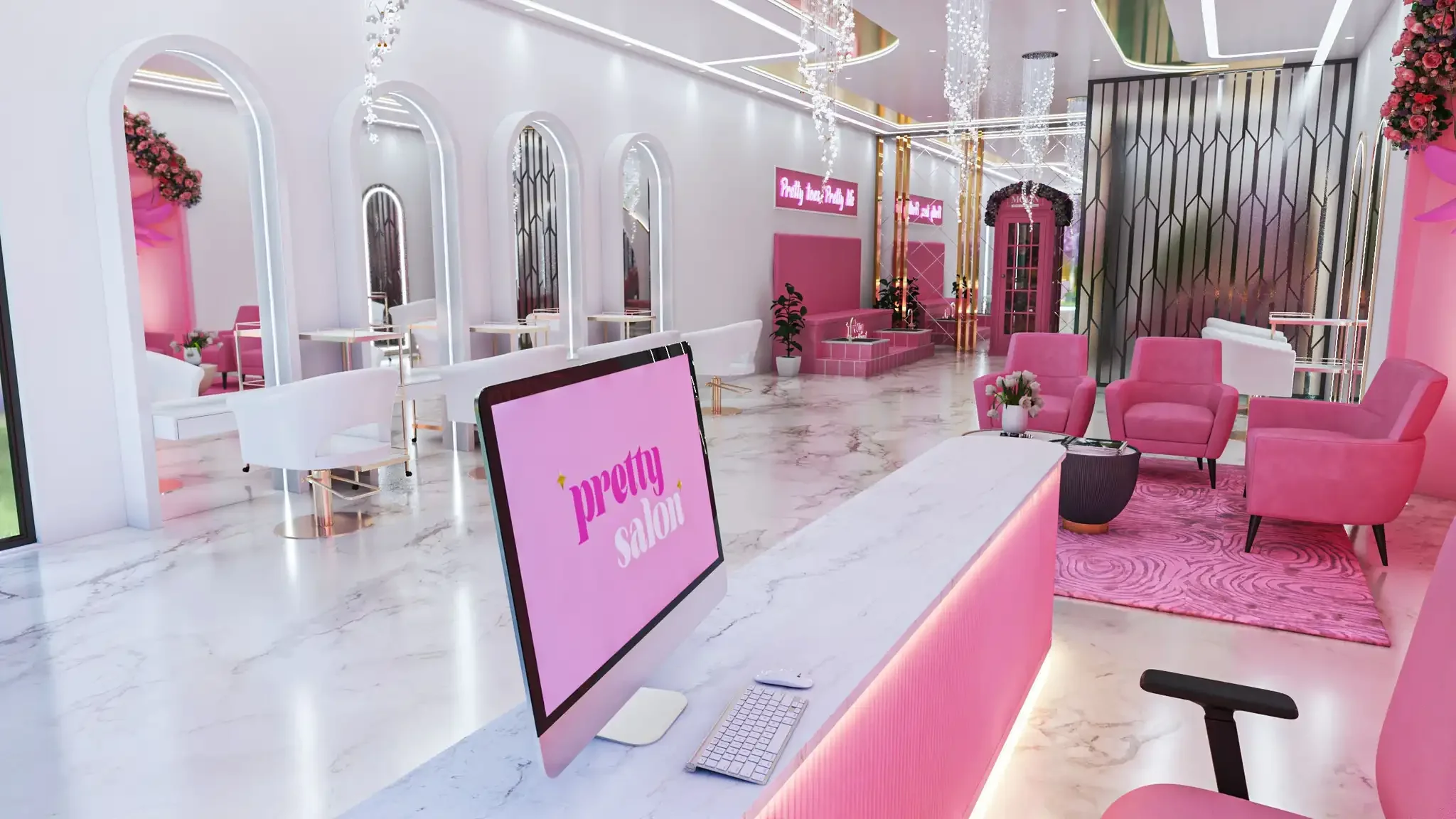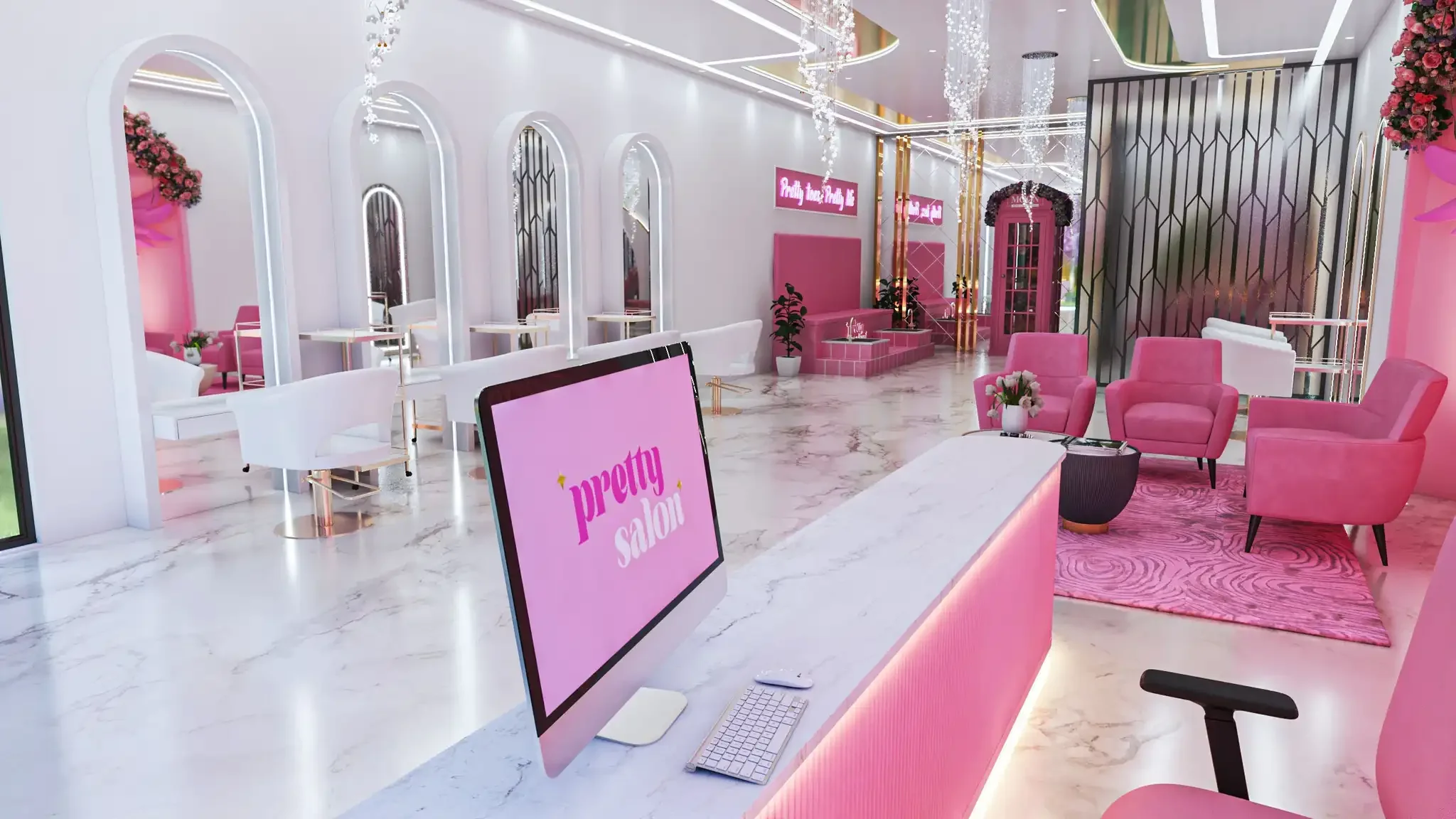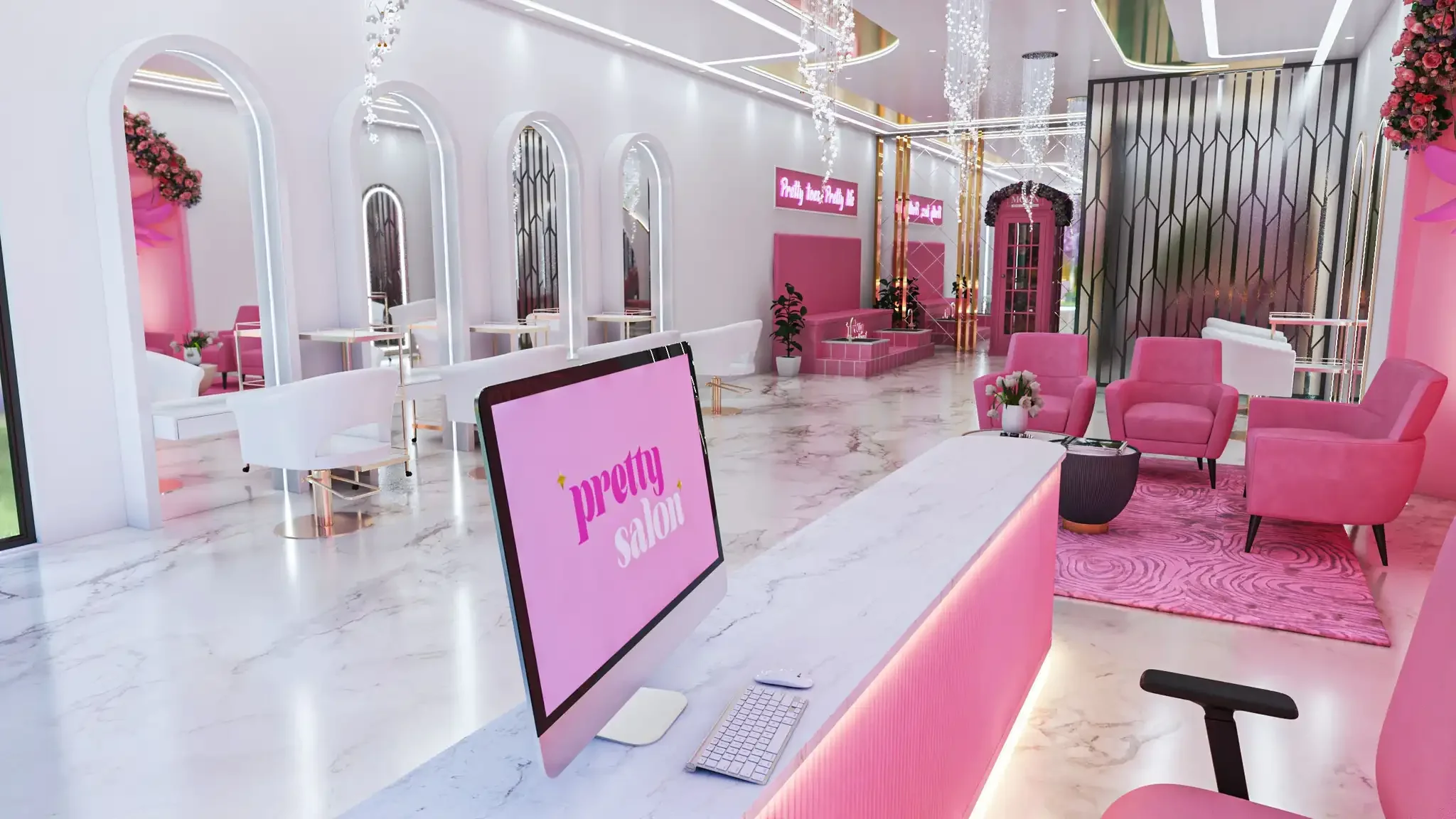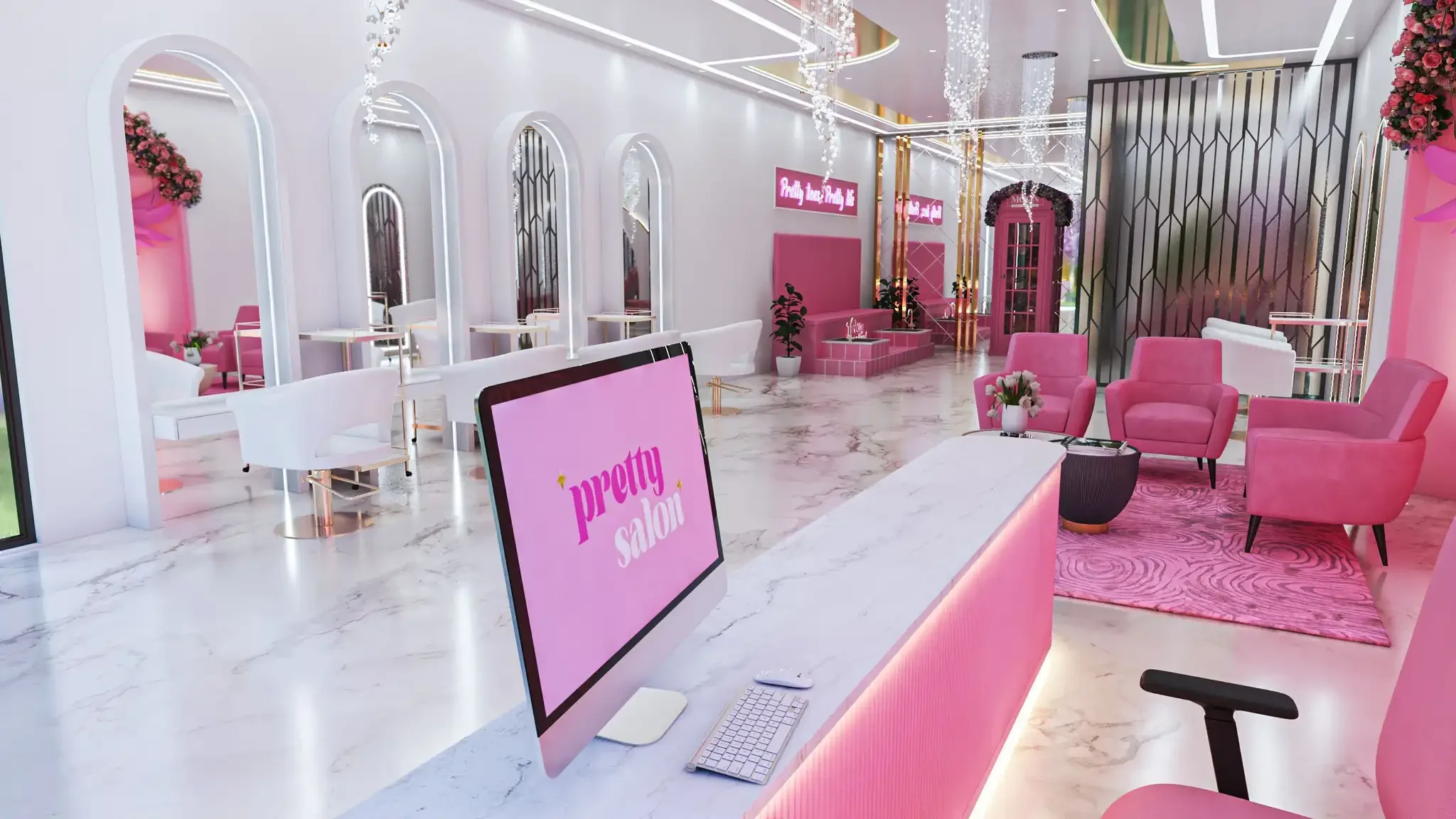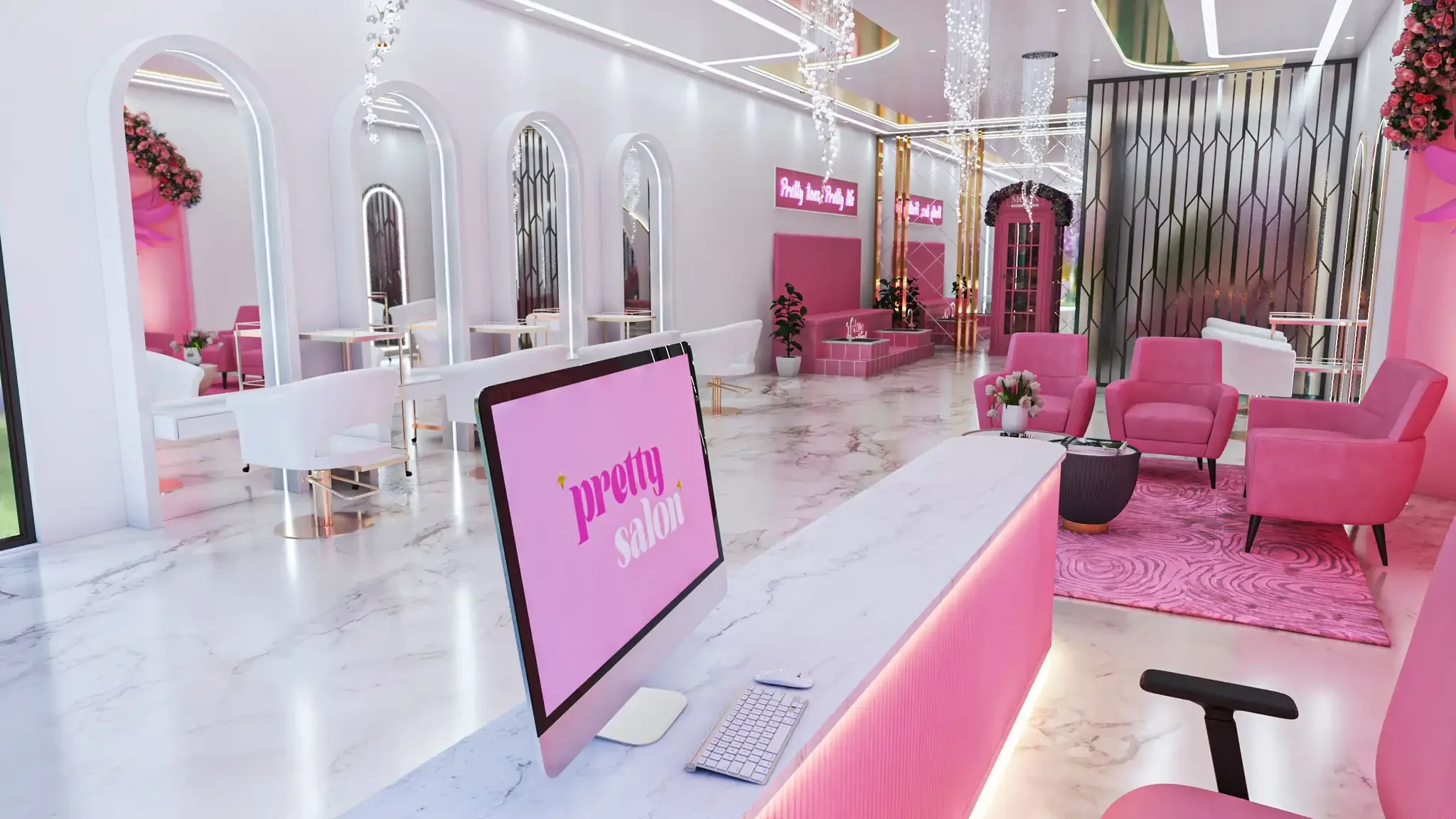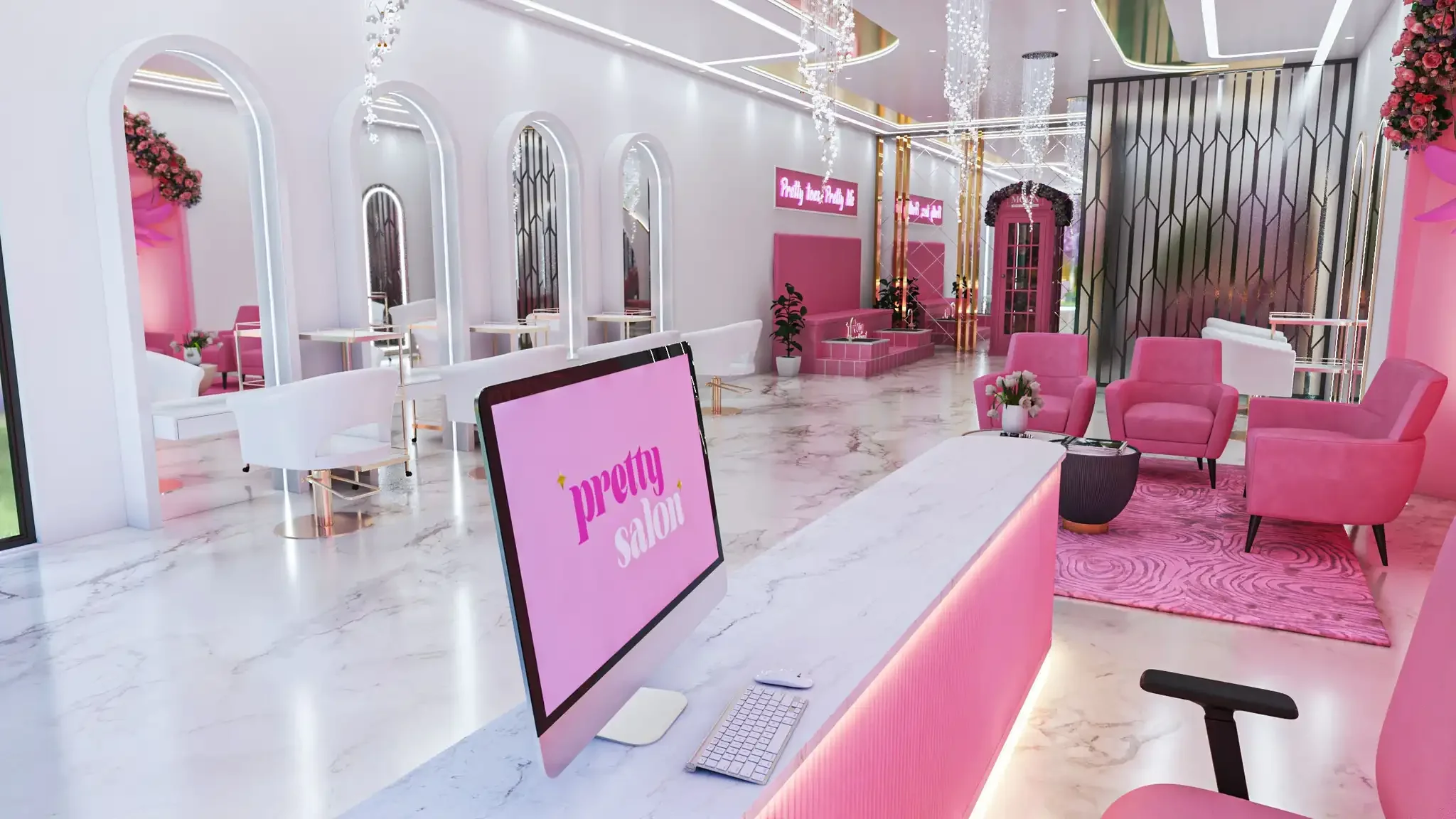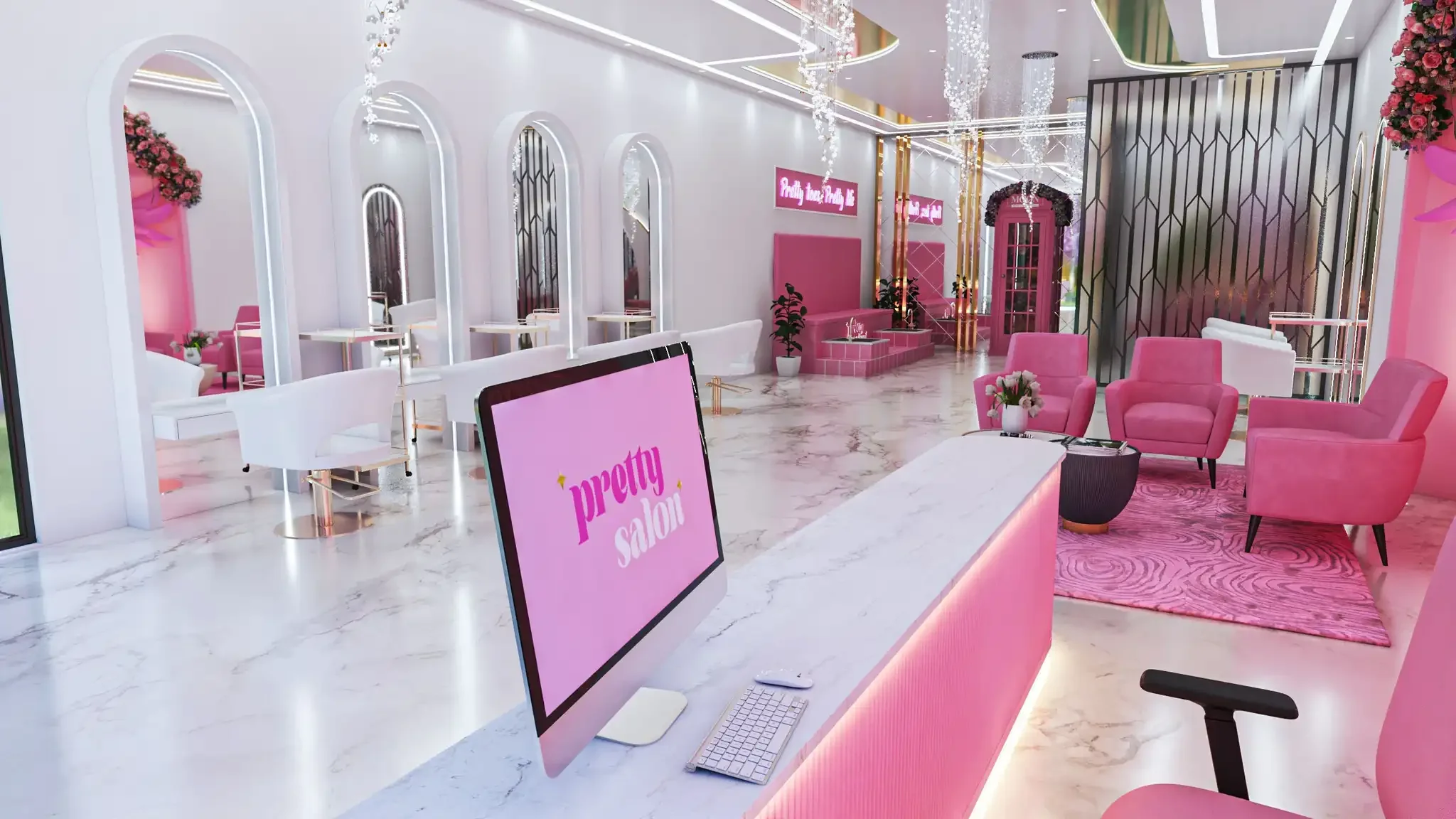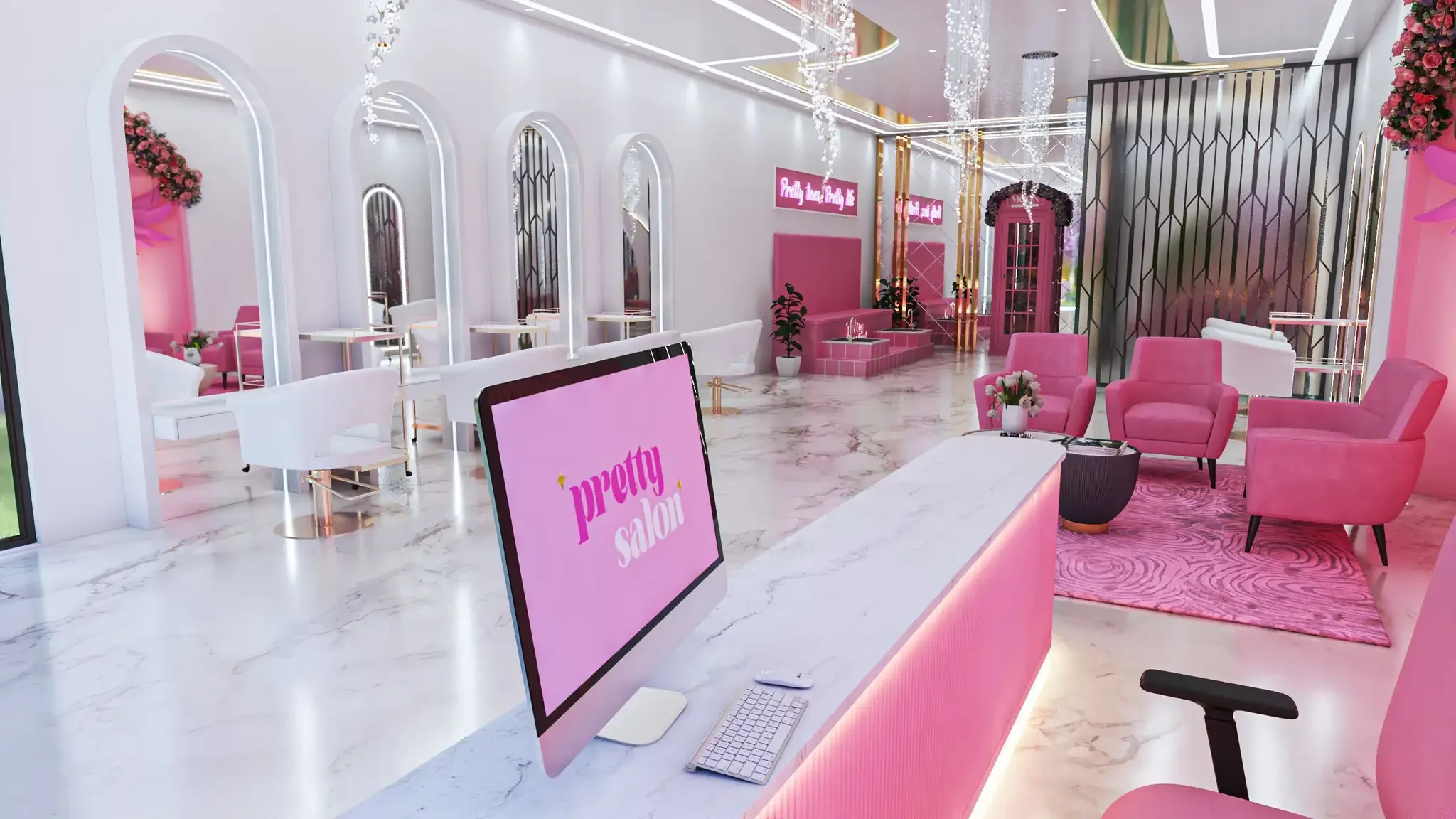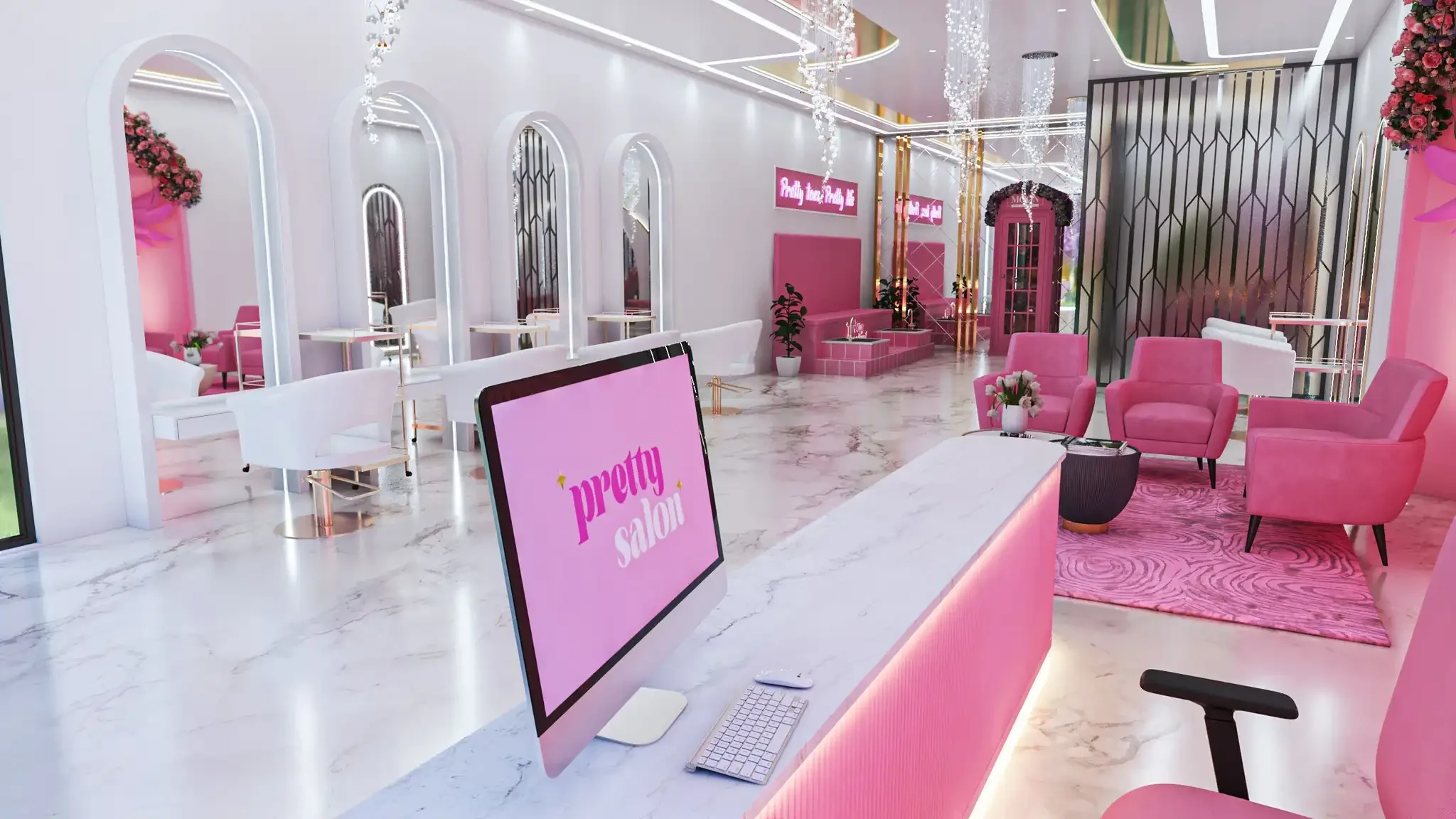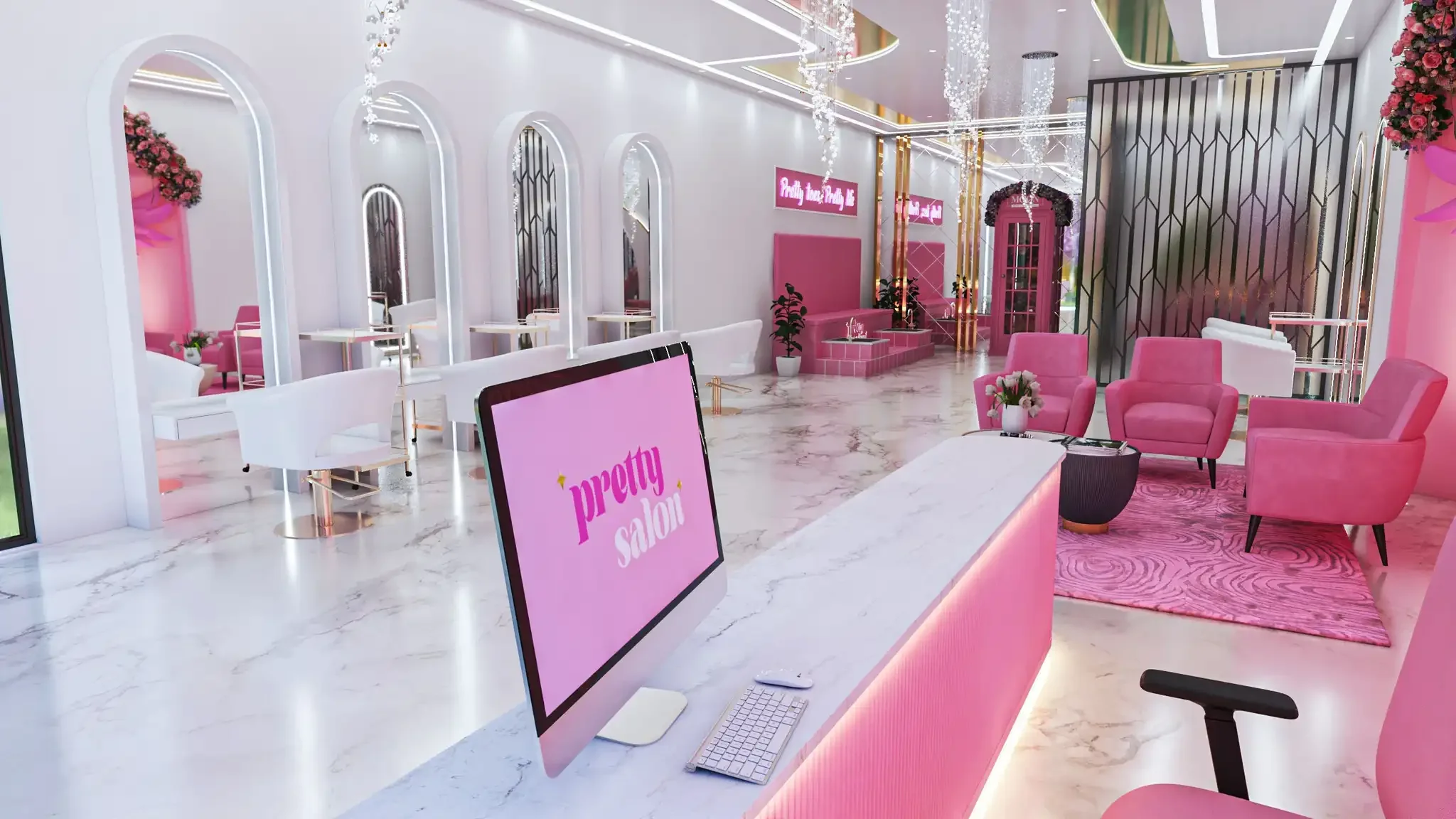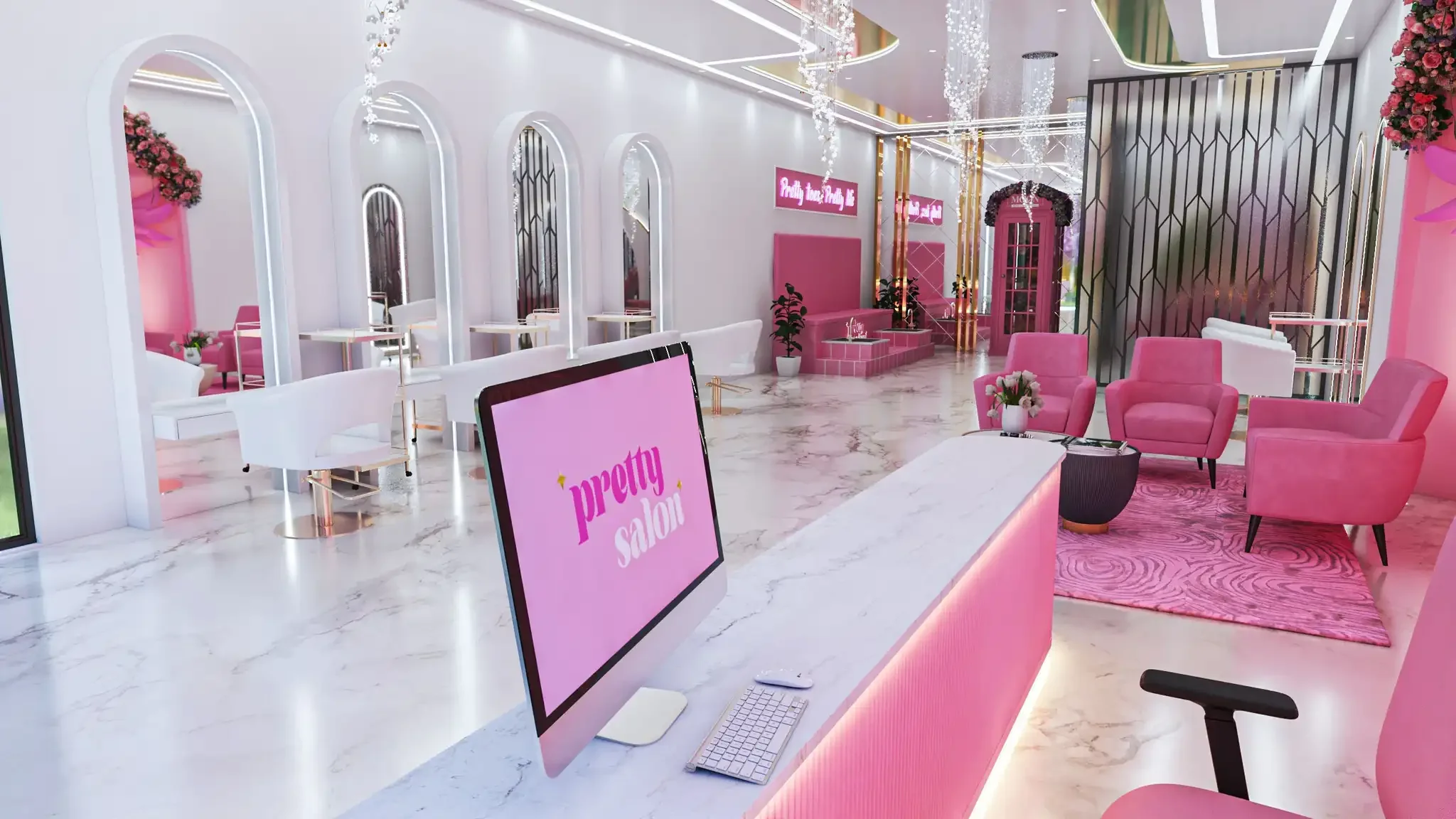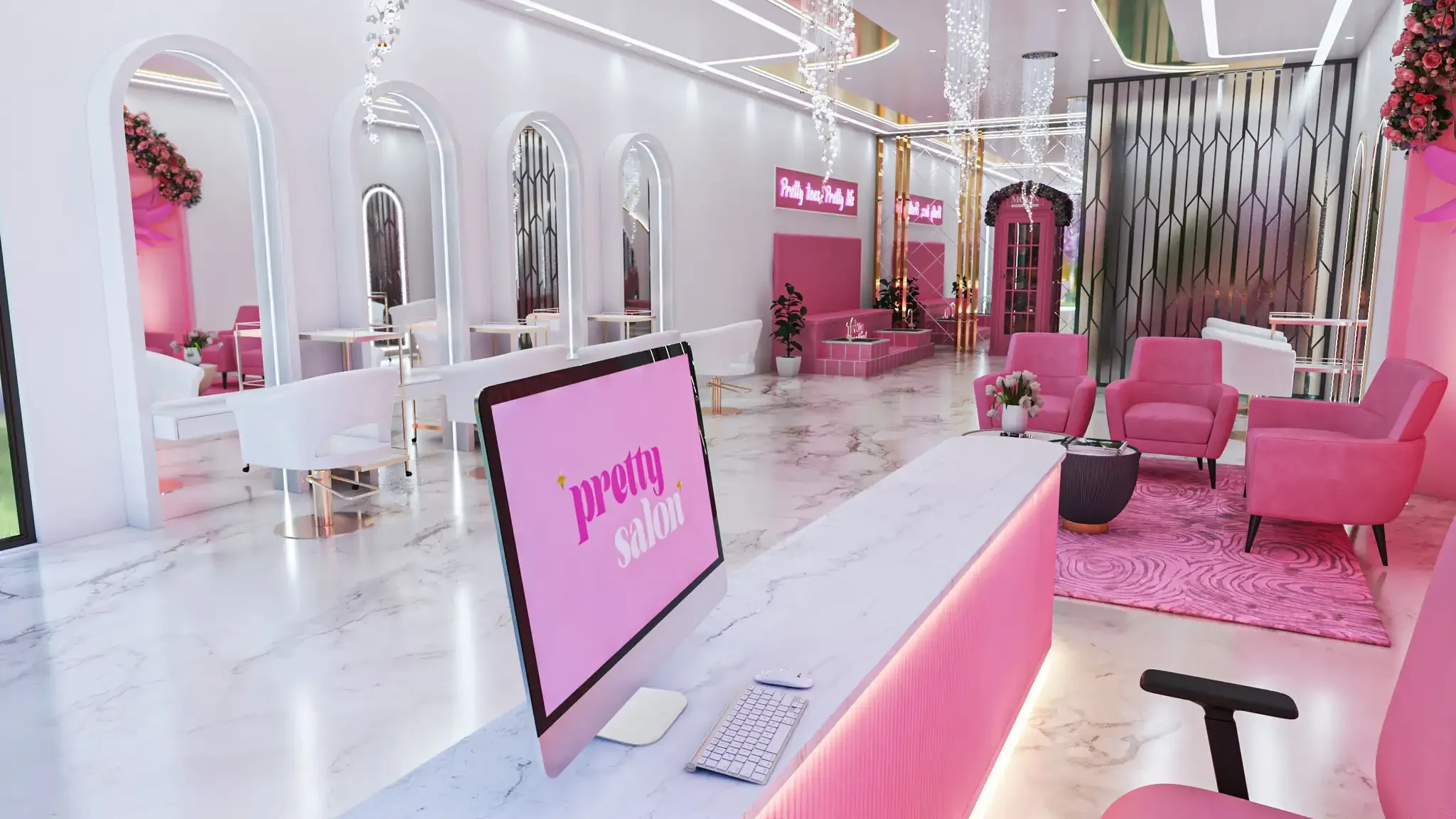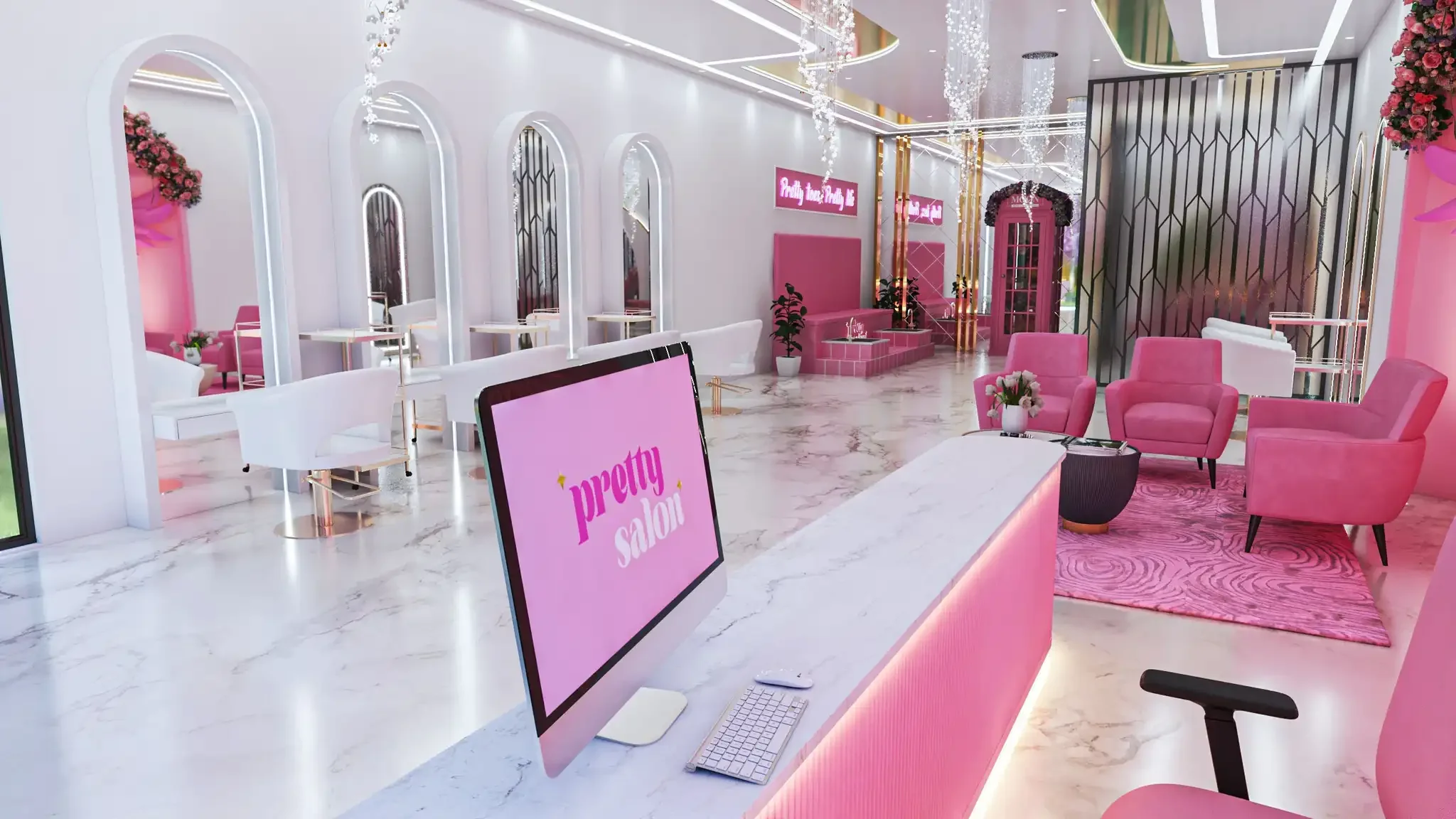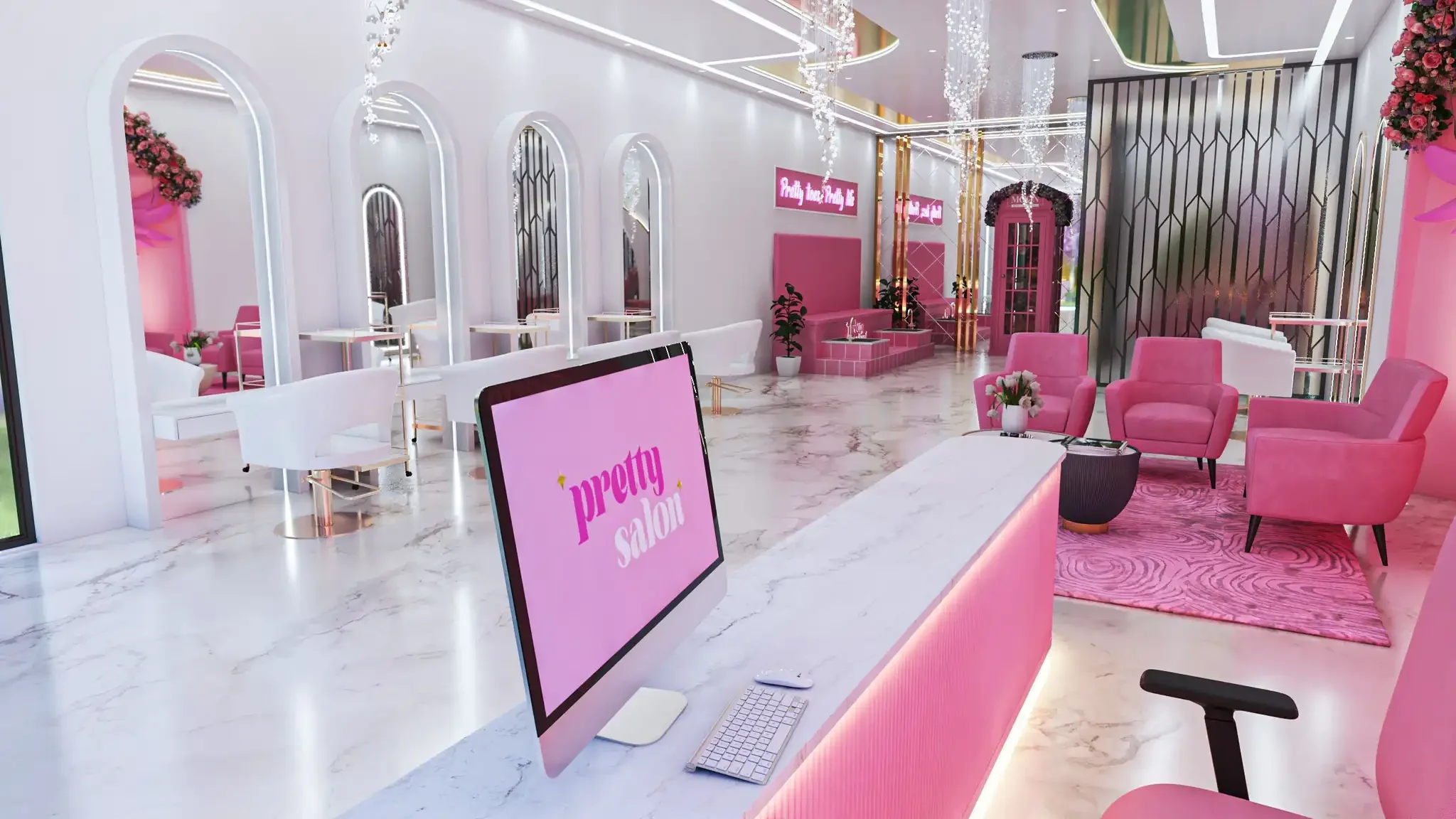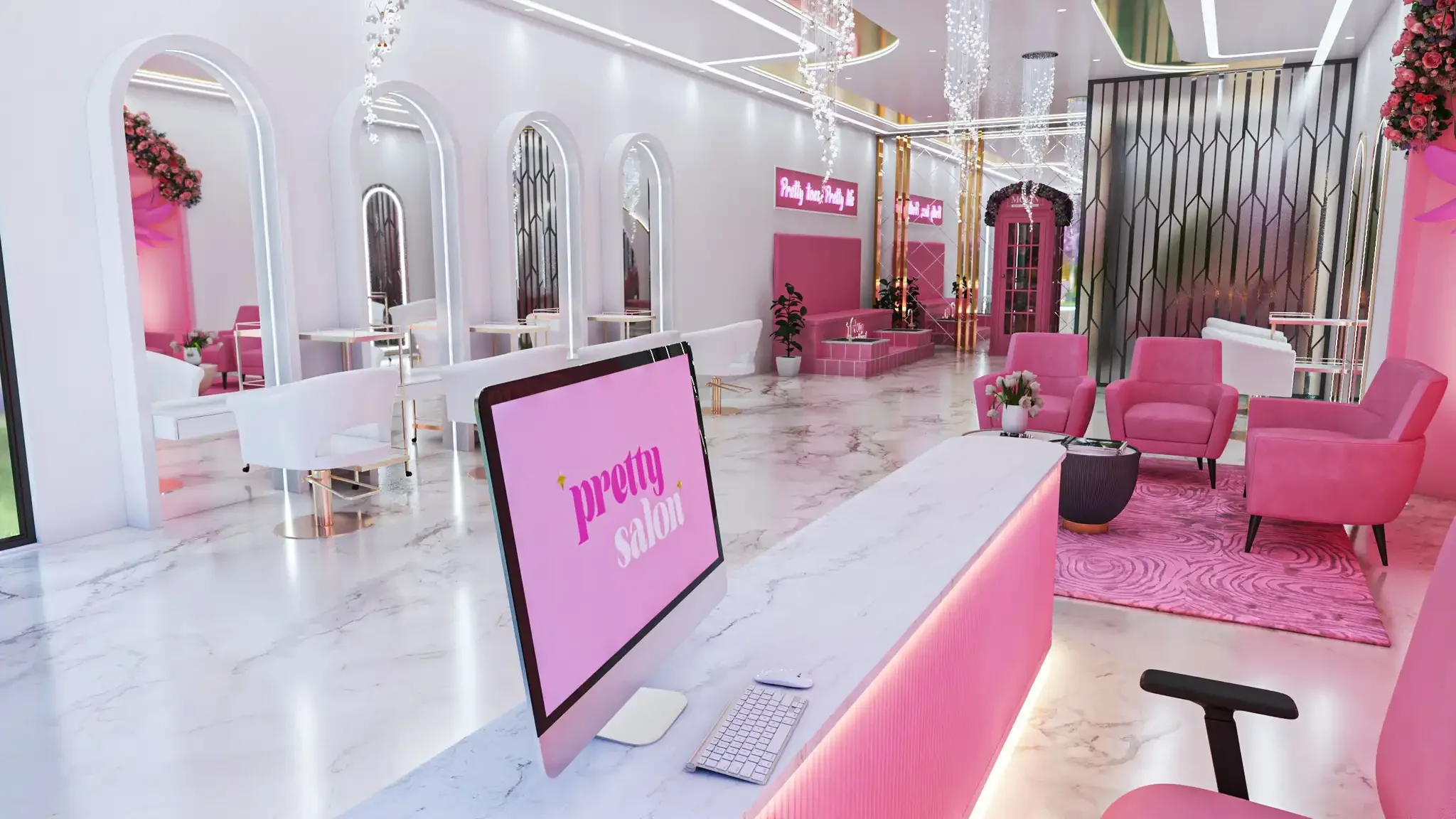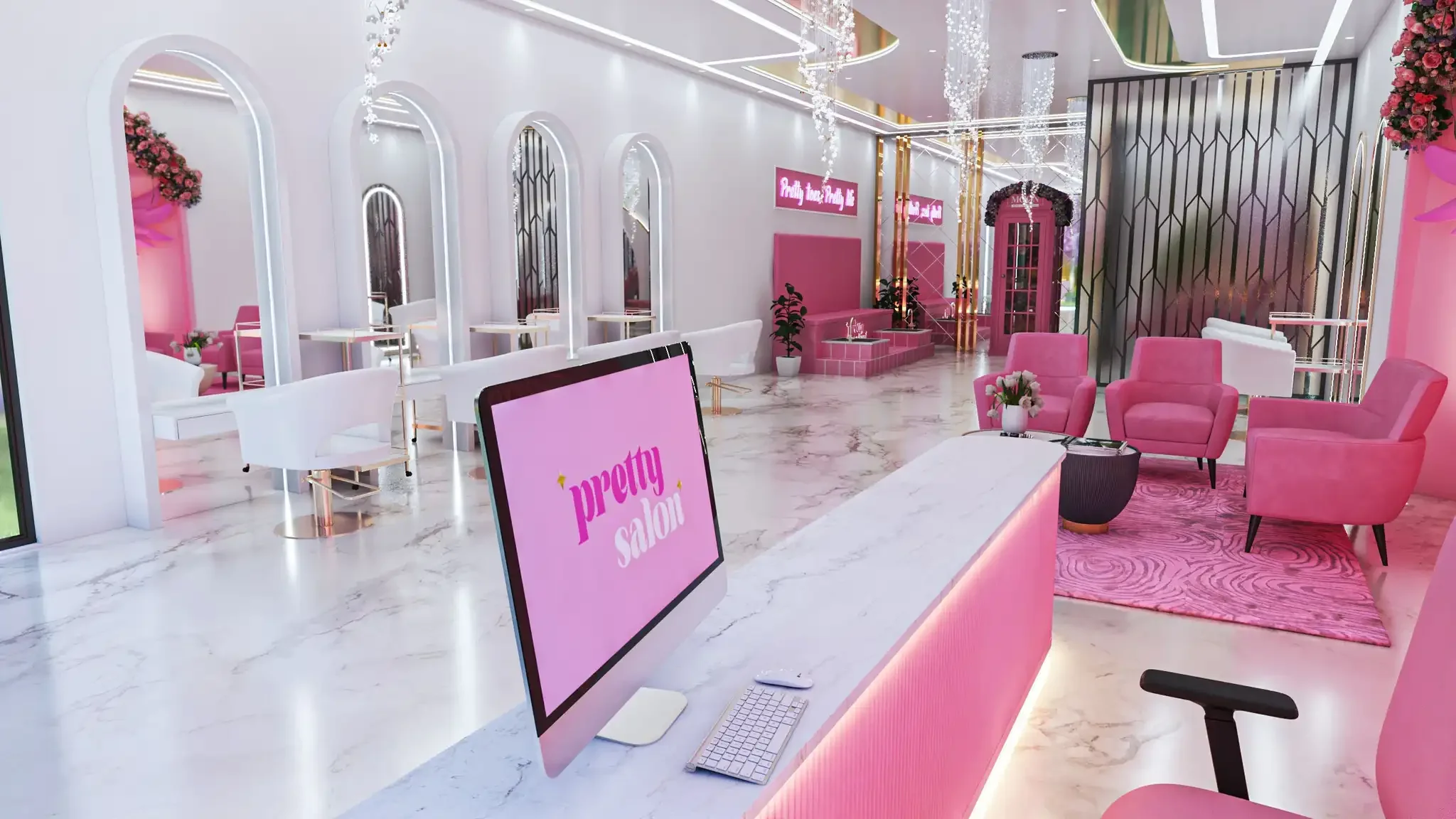The facial treatment industry has experienced remarkable growth in recent years, with more consumers seeking professional skincare…
Complete Beauty Salon Insurance Guide: Protecting Your Beauty Business
Running a beauty salon involves numerous risks that could potentially damage your business financially. From client injuries during treatments to equipment theft, beauty salon owners face unique challenges that require specialized insurance coverage. This comprehensive guide will help you understand the essential insurance policies needed to protect your beauty salon business.
Understanding Beauty Salon Insurance Needs
Beauty salons operate in a high-risk environment where close contact with clients, use of chemicals, heated equipment, and sharp tools create multiple liability exposures. Unlike general business insurance, beauty salon insurance must address industry-specific risks including treatment-related injuries, allergic reactions, chemical burns, and professional negligence claims.
Essential Insurance Policies for Beauty Salons
Public Liability Insurance
Public liability insurance is crucial for beauty salons as it covers claims from clients who suffer injuries or property damage while on your premises. This includes slip and fall accidents, allergic reactions to products, burns from equipment, or damage to client property. Coverage typically ranges from £1 million to £6 million, with most beauty salons opting for £2 million coverage.
Professional Indemnity Insurance
Professional indemnity insurance protects against claims of professional negligence, inadequate work, or failure to deliver promised results. For beauty salons, this covers situations where treatments don't meet client expectations, cause unexpected reactions, or result in dissatisfaction with services provided.
Employers Liability Insurance
If you employ staff, employers liability insurance is legally required in the UK. This covers claims from employees who suffer injuries or illnesses related to their work, including repetitive strain injuries, chemical exposure, or accidents with salon equipment.
Product Liability Insurance
Beauty salons use numerous products that come into direct contact with clients' skin and hair. Product liability insurance covers claims arising from adverse reactions to products used during treatments, including cosmetics, hair dyes, skincare products, and chemical treatments.
Contents Insurance
Contents insurance protects your salon equipment, furniture, stock, and fixtures against theft, fire, flood, and vandalism. Beauty salons typically have expensive equipment including styling chairs, hair dryers, treatment beds, laser equipment, and specialized beauty tools that require adequate coverage.
Business Interruption Insurance
Business interruption insurance covers lost income and ongoing expenses if your salon cannot operate due to covered events like fire, flood, or other insured perils. This is particularly important for beauty salons as they rely on daily appointments and regular client visits for revenue.
Key Person Insurance
If your salon depends heavily on specific skilled professionals, key person insurance can provide financial protection if these individuals become unable to work due to illness or injury.
Specific Risks in Beauty Salons
Chemical-Related Risks
Beauty salons regularly use chemicals including hair dyes, bleaches, perms, relaxers, and skincare treatments. These substances can cause allergic reactions, chemical burns, respiratory issues, or skin irritation. Insurance should cover both immediate reactions and long-term health effects.
Equipment-Related Risks
Heated styling tools, laser equipment, UV lamps, and electrical devices pose risks of burns, electrical injuries, and equipment malfunction. Coverage should include both client injuries and equipment replacement costs.
Hygiene and Infection Control
Poor sanitation practices can lead to infections, cross-contamination, and disease transmission. Insurance should cover claims related to inadequate sterilization, contaminated equipment, or failure to follow proper hygiene protocols.
Treatment-Specific Risks
Different beauty treatments carry varying risk levels. Facial treatments may cause allergic reactions, hair treatments can result in chemical burns or hair damage, and body treatments might lead to skin irritation or scarring.
Factors Affecting Beauty Salon Insurance Premiums
Services Offered
Higher-risk treatments like chemical peels, laser treatments, or permanent makeup typically result in higher premiums due to increased liability exposure.
Staff Qualifications
Properly trained and certified staff can help reduce premiums as insurers view qualified professionals as lower risk.
Safety Procedures
Documented safety protocols, regular staff training, and proper equipment maintenance can positively impact insurance costs.
Claims History
Previous claims can affect future premiums, making risk management and prevention strategies crucial for long-term cost control.
Location and Premises
Salon location, building condition, security measures, and local crime rates all influence insurance pricing.
Choosing the Right Insurance Provider
Industry Specialization
Select insurers who specialize in beauty salon coverage and understand industry-specific risks. They're more likely to offer comprehensive coverage and competitive pricing.
Coverage Flexibility
Look for policies that can be customized to your specific services and risk profile. Avoid one-size-fits-all approaches that may leave gaps in coverage.
Claims Support
Choose insurers with strong claims handling reputations and 24/7 support services, as beauty salon claims often require immediate attention.
Financial Stability
Verify the insurer's financial strength ratings to ensure they can pay claims when needed.
Risk Management Best Practices
Staff Training
Regular training on proper techniques, safety procedures, and emergency response helps reduce incidents and demonstrates due diligence to insurers.
Client Consultation
Thorough client consultations including allergy testing, medical history review, and treatment explanations help prevent adverse reactions and liability claims.
Documentation
Maintain detailed records of treatments, client consultations, staff training, and safety procedures. Proper documentation supports your defense in case of claims.
Equipment Maintenance
Regular equipment servicing, calibration, and replacement help prevent malfunctions that could injure clients or damage property.
Hygiene Protocols
Strict sanitation procedures, proper sterilization, and infection control measures protect both clients and staff while reducing liability exposure.
Common Exclusions in Beauty Salon Insurance
Intentional Acts
Deliberate wrongdoing or criminal acts by staff are typically excluded from coverage.
Unlicensed Treatments
Services performed without proper licensing or certification may not be covered.
Experimental Procedures
New or unproven treatments may be excluded until they become established industry practices.
War and Terrorism
Standard policies typically exclude war, terrorism, and nuclear risks, though separate coverage may be available.
Making a Claim
Immediate Steps
Report incidents immediately to your insurer, document the scene, gather witness statements, and preserve evidence. Prompt reporting is crucial for successful claims processing.
Documentation Requirements
Provide detailed incident reports, medical records, treatment records, and any relevant correspondence. Complete documentation supports faster claim resolution.
Cooperation Requirements
Work closely with your insurer's investigation team, provide requested information promptly, and avoid admitting liability without consulting your insurer first.
Cost Considerations
Beauty salon insurance costs vary significantly based on coverage types, limits, deductibles, and risk factors. Typical annual premiums range from £500 to £3,000 for small to medium-sized salons, with larger operations or high-risk treatments requiring higher investment.
Bundling Policies
Many insurers offer package deals combining multiple coverage types, which can provide cost savings compared to purchasing individual policies.
Regular Review
Review your coverage annually or when making significant business changes. Growing businesses, new services, or additional locations may require coverage adjustments.
Legal Requirements
Employers liability insurance is mandatory if you have employees. Public liability insurance, while not legally required, is often demanded by landlords, suppliers, and professional associations.
Professional Association Requirements
Many beauty industry associations require members to maintain specific insurance coverage levels as a condition of membership.
Conclusion
Comprehensive insurance coverage is essential for beauty salon success and longevity. The unique risks associated with beauty treatments, chemical use, and close client contact require specialized insurance solutions that go beyond standard business coverage.
Investing in proper insurance protection provides peace of mind, protects your financial investment, and demonstrates professionalism to clients. Work with experienced insurance professionals who understand the beauty industry to ensure your salon has adequate coverage for all potential risks.
Regular review and updates of your insurance program help maintain appropriate protection as your business grows and evolves. Remember that insurance is not just about meeting minimum requirements – it's about protecting your livelihood and ensuring your beauty salon can continue serving clients for years to come.
By understanding your insurance needs and working with qualified professionals, you can create a comprehensive protection plan that allows you to focus on what you do best – helping clients look and feel their best while building a successful beauty business.


 0330 127 2333
0330 127 2333
